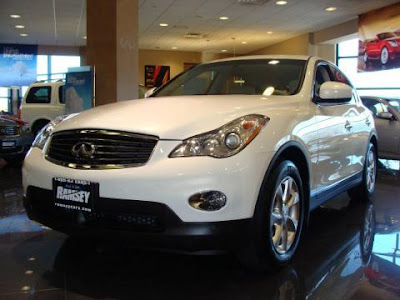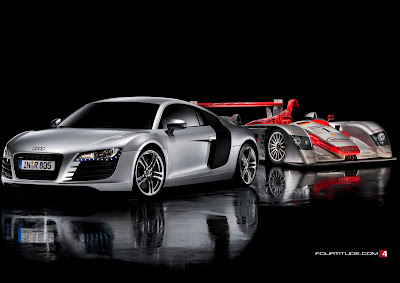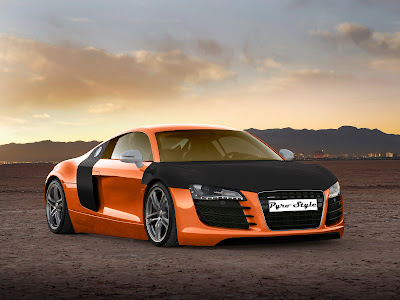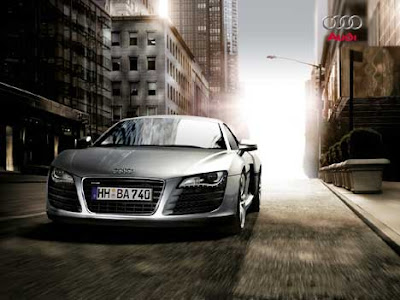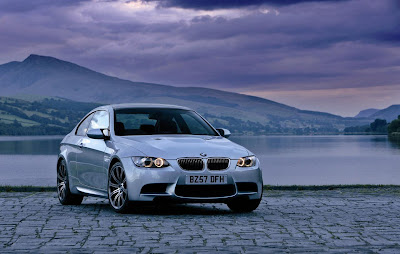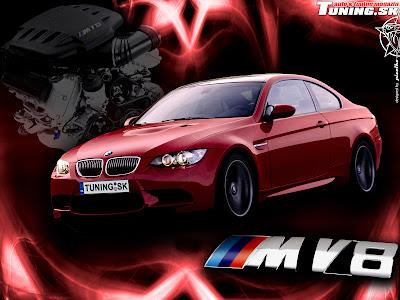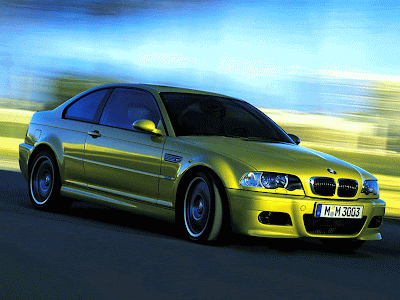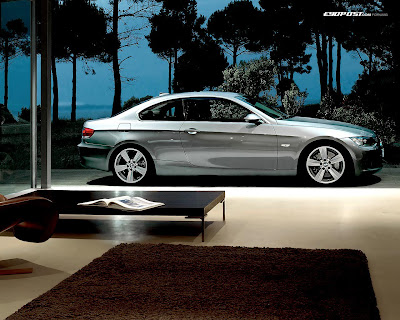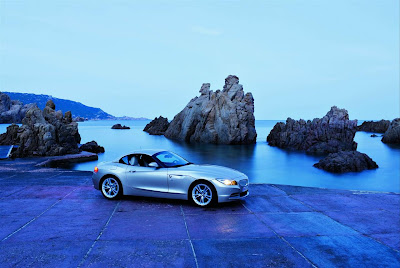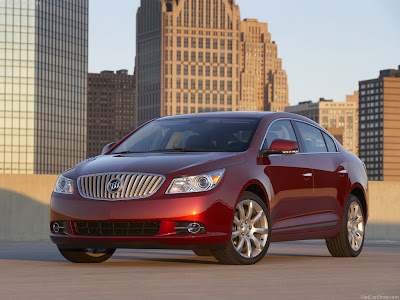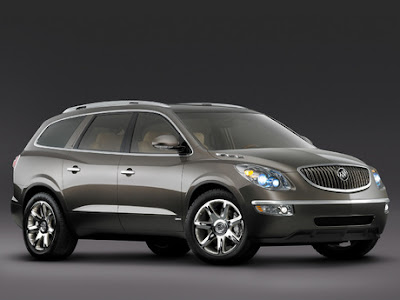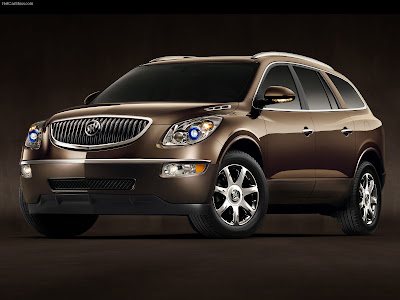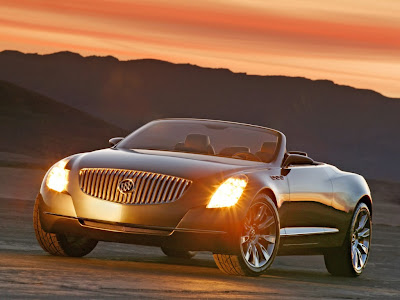
WHAT IT IS
The 2011 Regal is Buick's entry-level sedan. It's about the same size as a Toyota Camry or Honda Accord but (according to Buick) is aimed more at slightly smaller, more athletic near-luxury sedans like the Lexus IS250 and Acura TSX. Base price is $26,245 for the CXL with 2.4 liter engine. A performance-themed CXL turbo with 2.0 liter engine (late availability) starts at $28,745. All versions are front-wheel-drive.
WHAT'S NEW
The '11 Regal is a new model for Buick, though not for GM. The same basic car is sold in Europe under the Opel banner as the Insignia.
WHAT'S GOOD
Though not a fire-breather like the '80s-era Regal T-Types and Grand Nationals were, the latest Regal is a lot more alive-feeling (and youthful looking) than the AARP Staff Car Regals that immediately preceded it. Turbo power available late fall/spring 2011. Really sharp interior. Excellent gas mileage (30-plus on the highway). Comes with (or can be ordered with) up-to-date features and equipment such as hard-drive based navigation and music storage - you know, stuff that earlier Buicks were famous for not having.
Big (for the class) trunk. A bargain compared to the Lexus IS250 ($32,145) and Acura TSX ($29,310). A sportier alternative to a Camry for about the same money.
WHAT'S NOT GOOD
The name. Regal is a venerable Buick trademark going back several decades, but many current-day buyers who remember it probably associate it with wire-wheeled starter caskets that squat in the fast lane doing precisely 3 MPH below the posted speed limit - not exactly the image Buick is hoping to cultivate. Turbocharged 220 hp engine isn't available yet; Buick says soon.... Pricey - for what it is: $26k (to start) for a four-cylinder Buick may be a hard sell.
UNDER THE HOOD
The Regal's standard powerplant is a 2.4 liter, 182 hp four with direct fuel injection. It drives the front wheels through a six-speed automatic. For at least the first few months of production, this will be the only available powertrain. Expect a zero to 60 time of around 8.3 seconds. Fuel efficiency is very good: 20 city, 30 highway.
By spring 2011, Buick will offer a 2.0 liter, turbocharged/direct injected four good for an expected 220 hp, along with a six-speed manual transmission (and optional six-speed automatic). Acceleration with this engine promises to be appropriate to the class/price - in the mid-low seven second range. That would be competitive with cars like the Lexus IS250/Acura TSX - and quicker than a four-cylinder Camry or Honda Accord.
Gas mileage with the 2.0 engine ought to be about the same; at most a few MPGs less than the base engine delivers. At this point, it does not appear likely Buick will offer an AWD set-up in the Regal.
ON THE ROAD
Overall, this is (by far) the most engaging-to-drive Regal since the '80s-era rear-wheel-drive muscle coupes that also bore the Regal name. It comes standard with 18 inch rims and performance tires, not 15s with whitewalls. The steering actually seems connected to the road - and the suspension will hold the line if you lean on it hard in a corner. The Opel DNA (and European tuning) shows.
The only disappointment comes from under the hood. The 2.4 liter engine doesn't have the gumption to get close to 4,000 pounds (3,600 lbs. of car plus a driver and passenger) moving with suitable swiftness. A zero to 60 time in the mid eight second range isn't terrible - it's just not in the right ballpark for the competition Buick is scoping out. Both the IS250 and the Acura TSX have about 20 hp more (and in the case of the Lexus IS, two more cylinders), standard - with more on tap if you need it in the form of optional engines that get within spitting distance of 300 hp.
Granted, both the Lexus IS and the Acura TSX cost much, much more than the Buick (especially with their optional engines) so a direct comparison isn't really fair. The problem, though, is that it's not car reviewers who are making the comparison - it's Buick that's doing it. If the Regal's target competition was, say, the four-cylinder version of the Toyota Camry (or the four-cylinder Accord), ok. The Regal looks pretty good, then. But if the stack-up is against cars like the IS250 and TSX, Buick should not have released the Regal before getting the eventually-will-get-here 2.0 liter, turbo engine and six-speed stick into the lineup. Because with just the 2.4 liter engine, the Buick can't hang.
AT THE CURB
Outside, the new Regal has a pretty generic modern shape - the basic "jellybean" distinguished as a Buick by the large, one-piece grille with vertical slats and triple shield Buick badge in the middle. There are some interesting detail touches, such as the reverse "L" dimple pressed into the doors that traces its line back to the rear fender arches - and a BMW-cum Acura-ish rear section with integrated spoiler lip. Though not a head-turner, the Regal is subtly handsome - and that's in keeping with the division's history as a brand that caters to people with money and taste, but who prefer to keep a lower profile.
Inside, the layout is Euro-modern (once again, credit the Opel background) with a blue-backlit primary gauge cluster (speedo and tach, temp and gas) and LCD driver info display nestled between them. Nice seats that are a midway between aggressive sport buckets - and zero-support bench seats. There are thigh and shoulder bolsters, but they're not hug-you-too-tight and it's easy to slide in and out of the car. The touchscreen display for the nav/audio system is large and legible; the secondary buttons below it for other functions are simple to understand and generally easy to use.
A big Regal plus is significantly more backseat legroom (37.3 inches) than its two chief target competitors - the Acura TSX (34.3 inches) and Lexus IS250 (30.6 inches). It also has a noticeably larger trunk (14.2 cubic feet) vs. 13 cubic feet for the Lexus and 12.6 cubic feet for the Acura.
The Regal offers almost as much back seat and trunk space as the Toyota Camry, too (38.3 inches, 15 cubic feet) and actually beats the Honda Accord (37.2 inches, 14 cubic feet) on those points.
THE REST
This is a nicely put-together and solid-feeling car. The Regal's 2.4 liter engine has been found reliable in other cars - and GM's track record for durability and quality has been top notch for the past several years.
The only issue as I see it is that the market (the U.S. market, anyhow) doesn't currently perceive Buick as the equivalent, status-wise, of Lexus or Acura. Buick, the division, dates from an era when there were no Japanese-brand luxury cars, period - and when Buick was a stepping stone on the road to a Cadillac within GM's brand hierarchy. That is all in the past, though - and it's an open question whether Buick (or, similarly, Ford's Mercury division) can survive in a completely changed-over marketplace that just may not have room for what amounts to an almost-Lexus brand. The underpowered, take-it-or-leave-it 2.4 liter engine really hurts the car, too.
GM would have been well-advised to hold off introducing the Regal until it could at least put the not-yet-here turbocharged 2.0 liter engine on the list of available options - because $26k is a lot to ask for a four-cylinder-only car with a zero to 60 time in the mid 8 second range. This may hurt the car's image, which will hurt sales - which will eventually hurt resale values.
Safety-wise, there's OnStar - GM's voice-activated, GPS-based concierge and emergency assistance service - as well as traction and stability control, front seat side-impact and curtain air bags. All standard.












